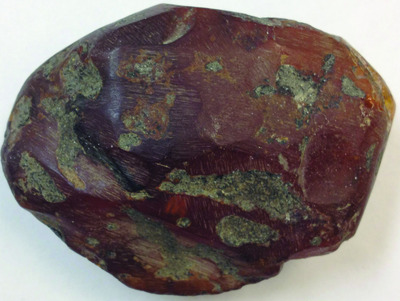Fossilised amber proves that glass isn’t a liquid
A common myth which has persisted around medieval cathedrals is that the stained glass inside them becomes thicker at the bottom because it moves over time. But a team at Texas Tech University has shown that the glass is not going anywhere.
“Glass transition is related to the performance of materials, whether it is inorganic glass or organic polymers,” said Gregory McKenna, professor of chemical engineering at Texas Tech. “For example, this would be important to people who own a boat made of fibreglass or fly in an aeroplane made with epoxy-based composites. Information like that can help predict if that jet will still be flying in 30 years.”
McKenna explained that the research arose when he gave doctoral student Jing Zhao a problem relating to diverging timescales using polyvinyl acetate, a substance often found in adhesives. Her results were consistent with a lack of divergence - contrary to received thought. So they decided, along with Professor Sindee Simon, to perform similar experiments on a much older, ultrastable glass - 20-million-year-old Dominican amber.

“Fossil amber offers the opportunity to investigate the dynamics of glass-forming materials far below the nominal glass transition temperature,” the researchers explained.
Zhao and Simon performed calorimetric and stress relaxation experiments on the samples, measuring the relaxation time at each temperature.
“What we found is that the amber relaxation times did not diverge,” McKenna said. “This result challenges all the classic theories of glass transition behaviour.”
The researchers stated that, “The results deviate dramatically from the expectation of classical theory and are consistent with some modern ideas, in which the diverging timescale signature of complex fluids disappears below the glass transition temperature.”
Since publishing the research in Nature Communications, McKenna has acquired additional samples from around the world, including 220-million-year-old Triassic amber from Italy. The team now has plans to perform similar experiments on the new samples.
Nanogenerator absorbs CO2, produces electricity
The technology goes further than being carbon neutral, as it consumes CO2 as it...
Fourth global coral bleaching event confirmed
The world is currently experiencing a global coral bleaching event, according to NOAA scientists....
Two new methods for faster sepsis diagnosis
Sepsis and septic shock patients could soon experience faster diagnoses and better outcomes,...







